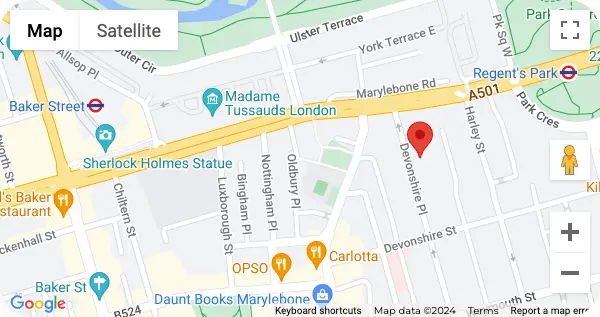Leg Discomfort
Understanding Leg discomfort
Why do leg veins bulge?
So, what are leg veins? They are the blood vessels that move blood from your legs back to your heart. These veins have valves, which are essentially like one-way gates transporting blood in the correct direction. What happens when these valves either fail or become weak? Blood starts to pool, and the veins will bulge and twist. As a result, varicose veins develop and spider web veins are formed.
There are a number of reasons varicose veins can appear. Genetics plays into it to some degree too. If you have had family members with vein issues, then you may be more at risk. Ageing also has a part to play, as veins lose their elasticity as we get older. Hormonal changes, such as during pregnancy or menopause, can also be contributing. Also, prolonged standing or sitting can be associated with extra burden on the veins. All these elements can contribute to the emergence of those unsightly and sometimes painful veins.
What are the types of leg veins?
- Varicose Veins: Varicose veins are large, swollen veins that are present near the skin’s surface. They are most often found on the legs and may cause some discomfort or pain.
- Spider Vein: Tiny veins just under the skin, named for their spider-web-like appearance. They are frequently red or blue and may resemble spider legs. They’re not as bad as varicose veins but are still noticeable.










